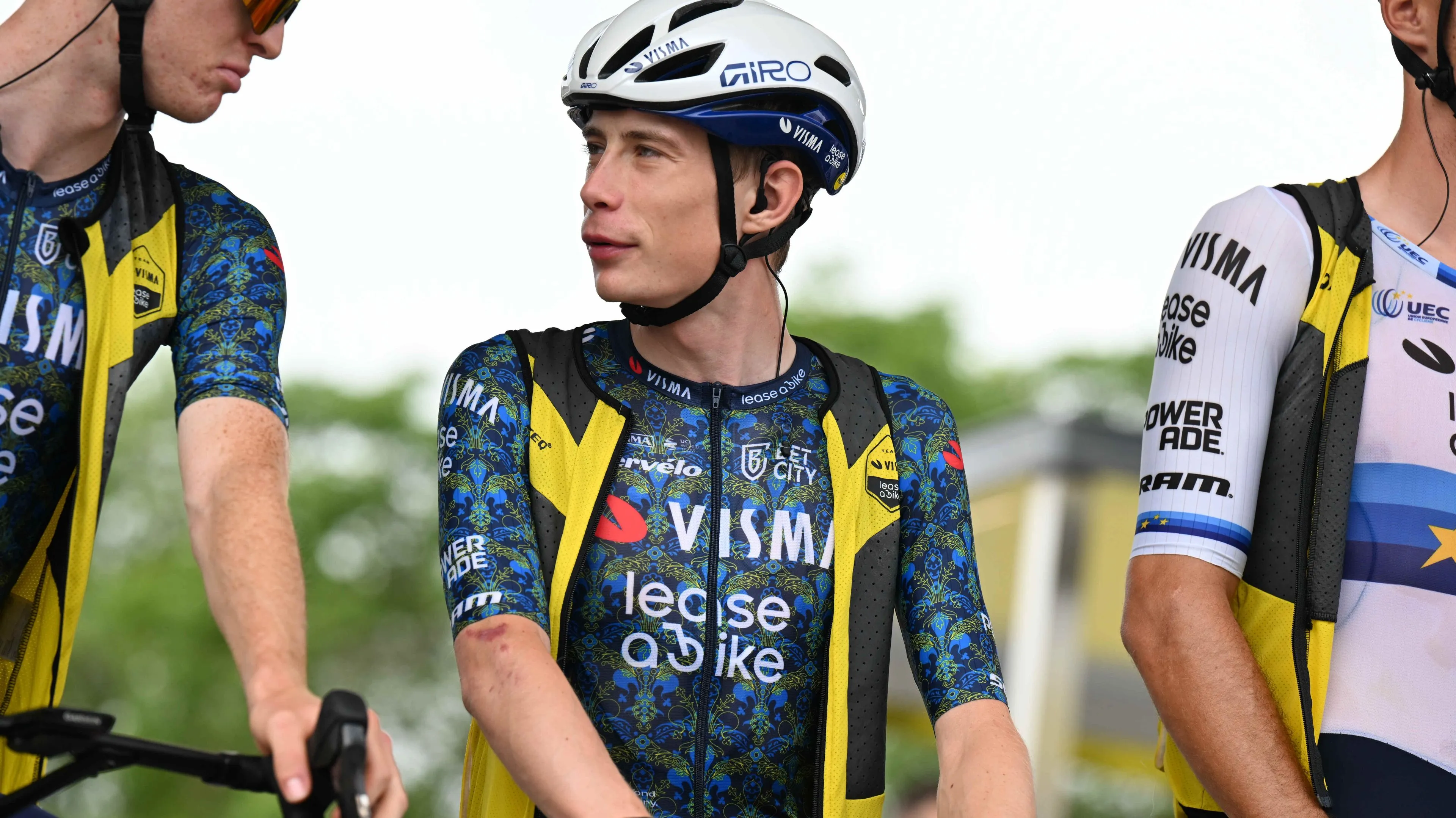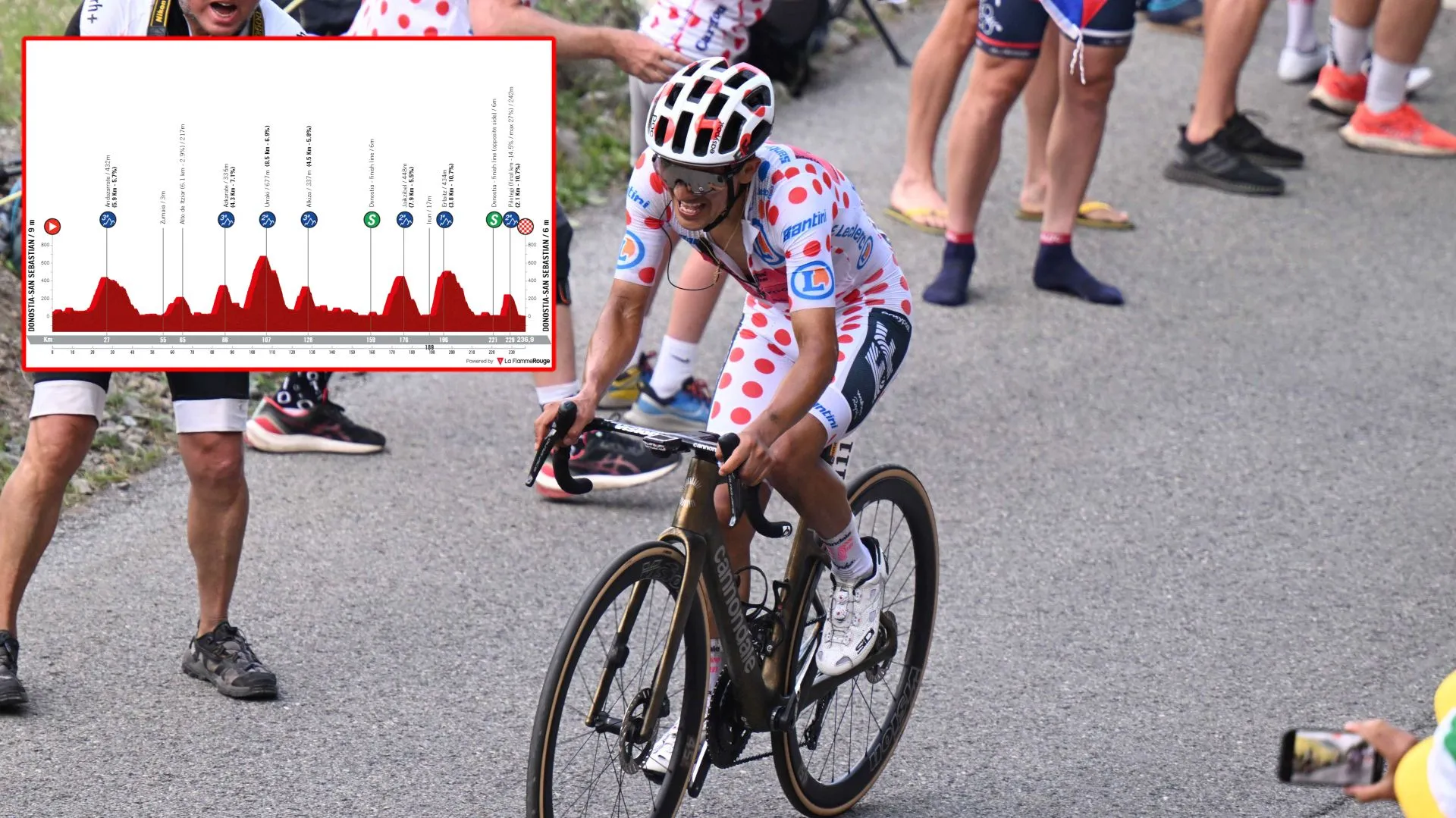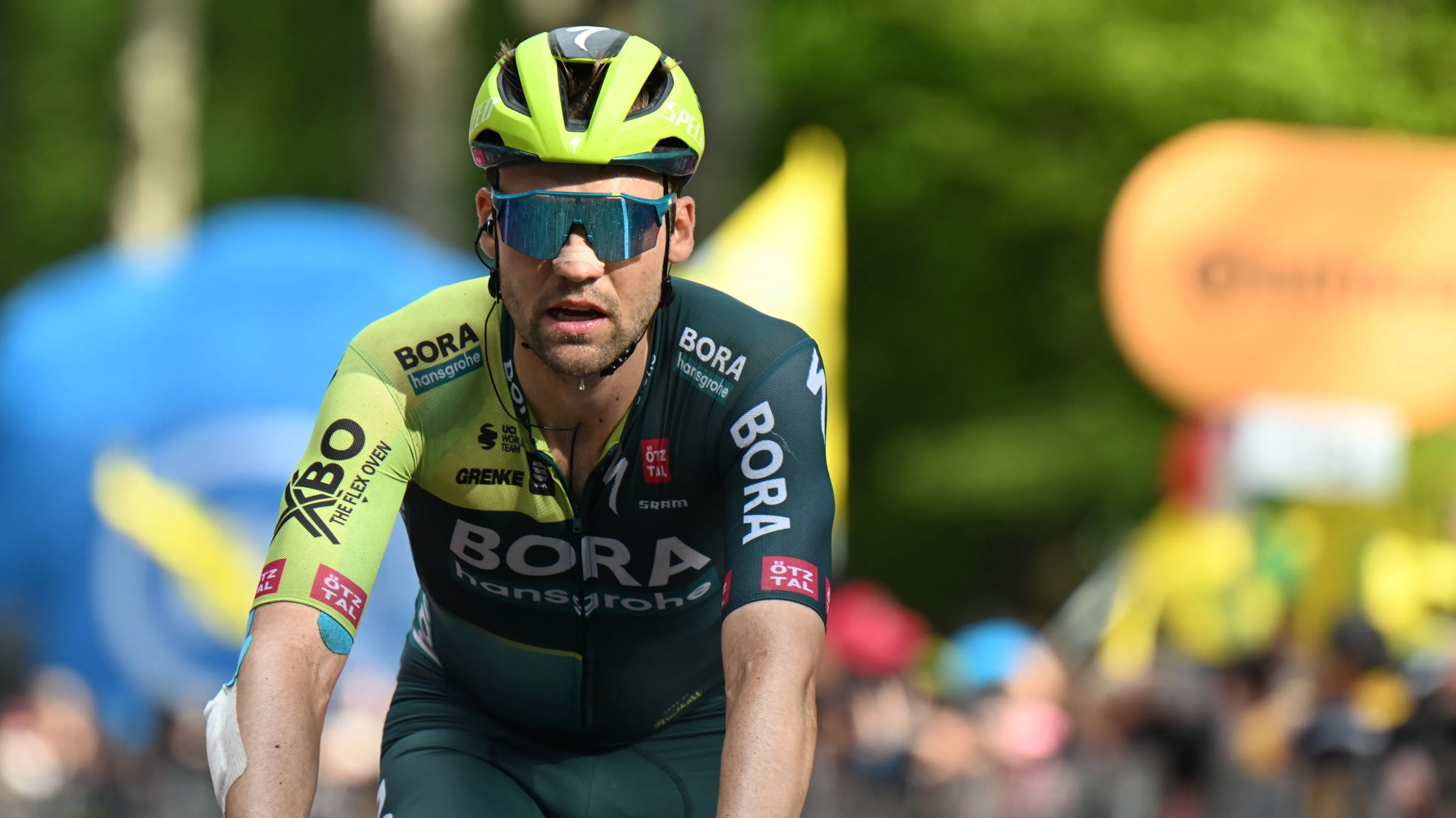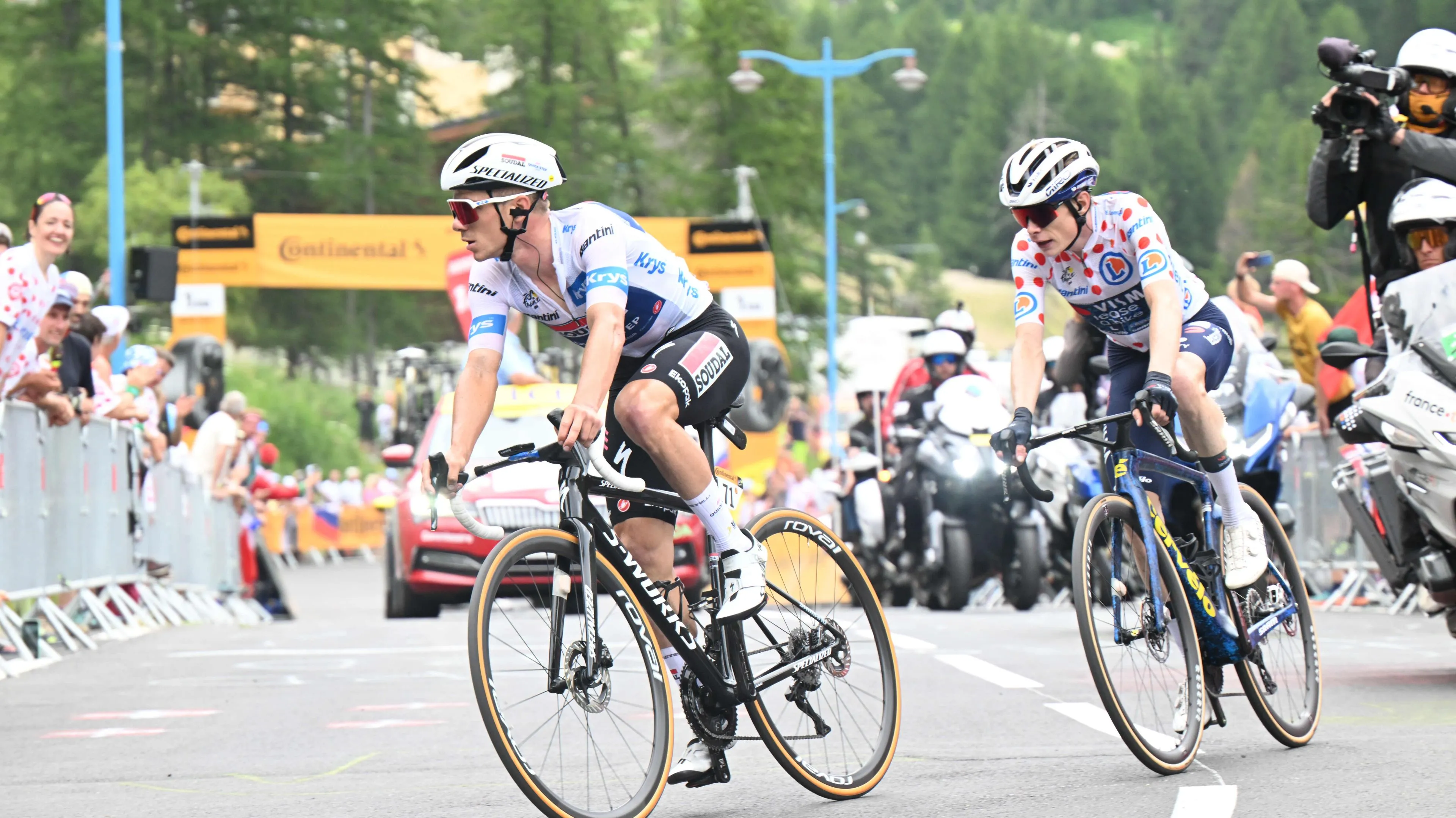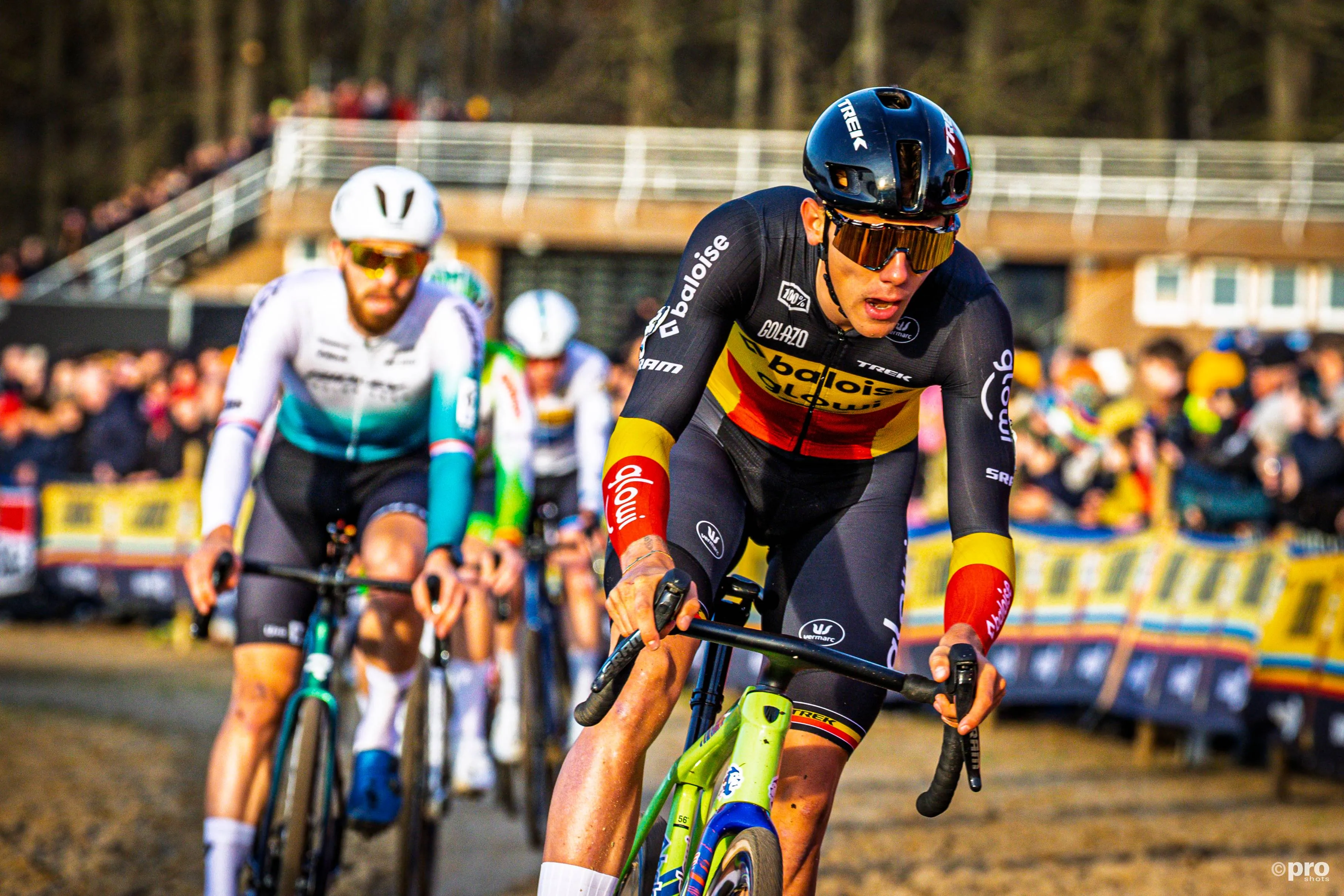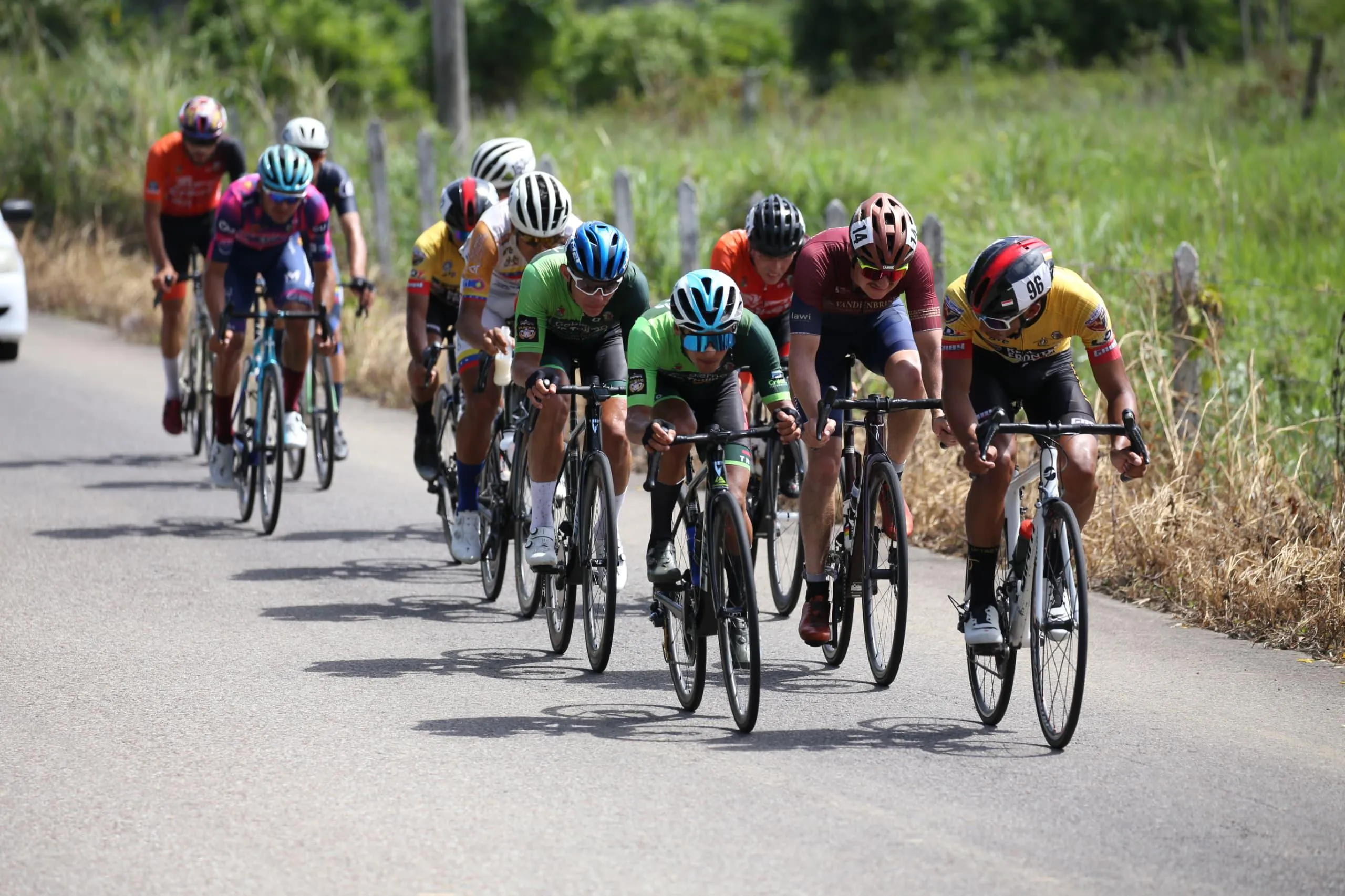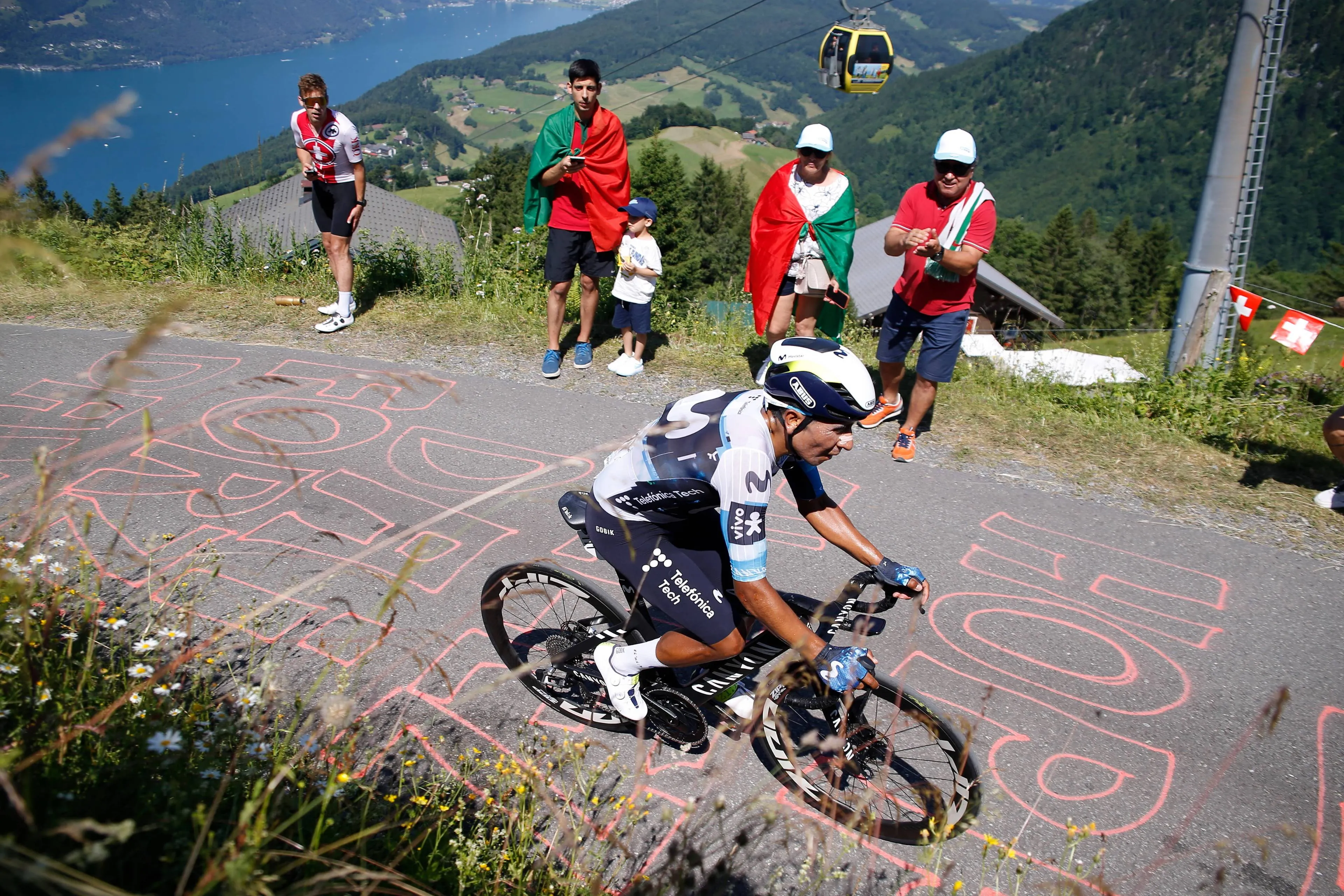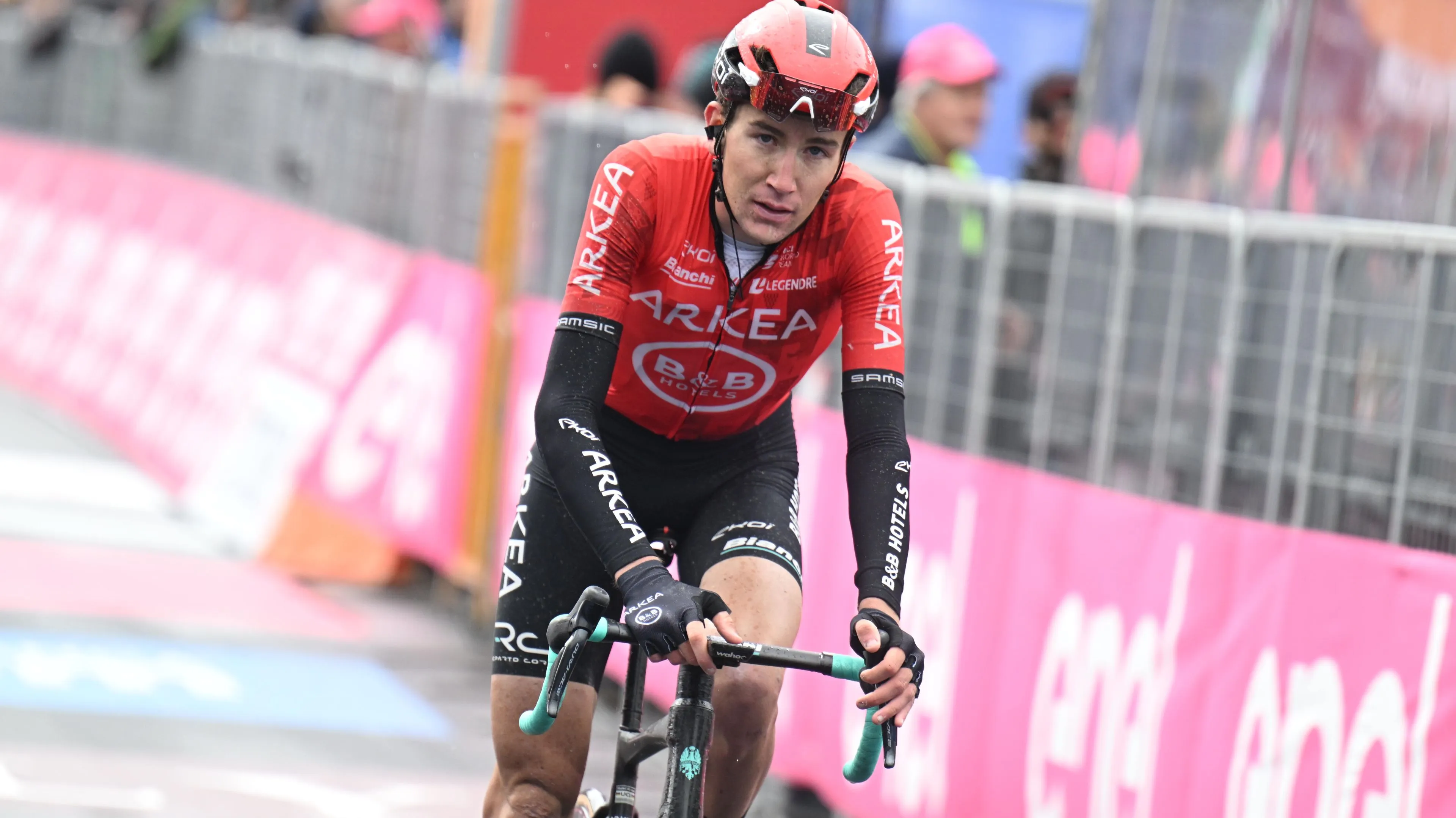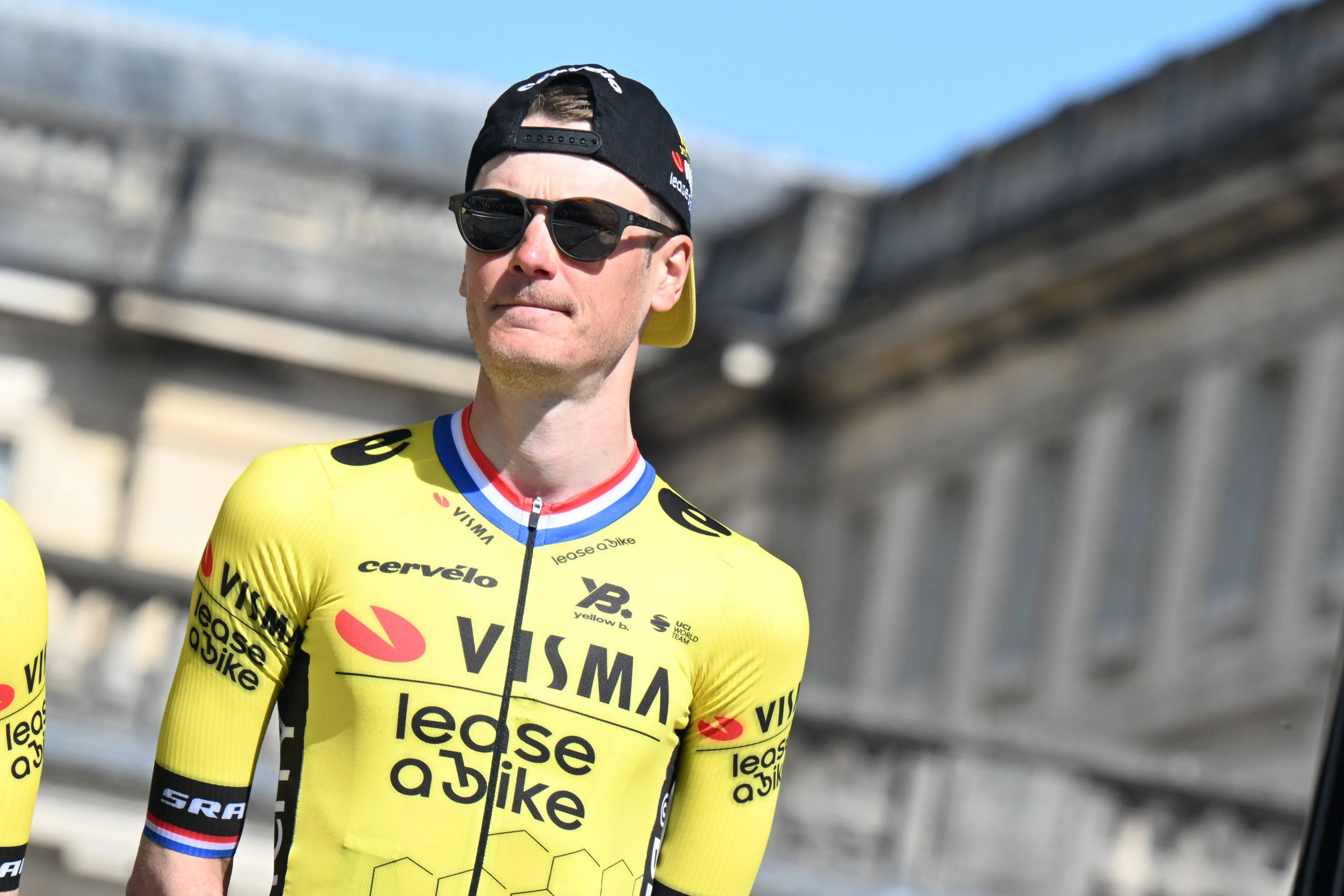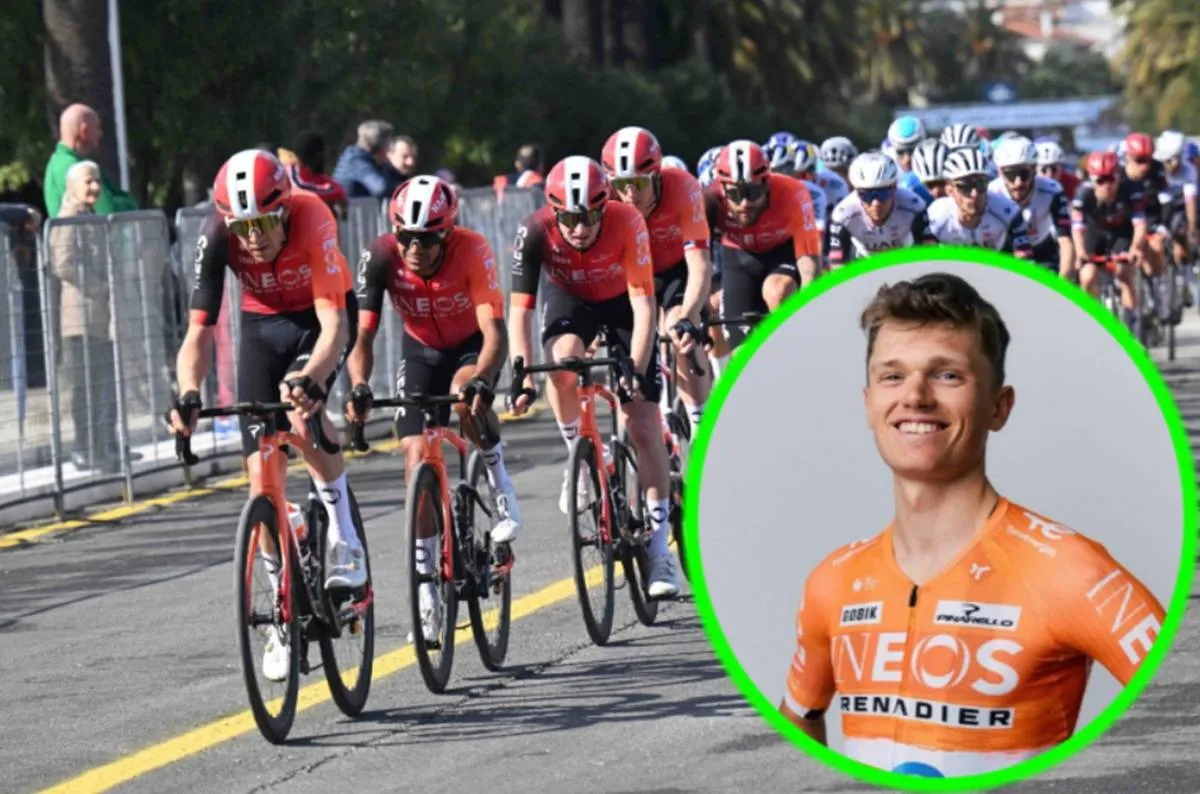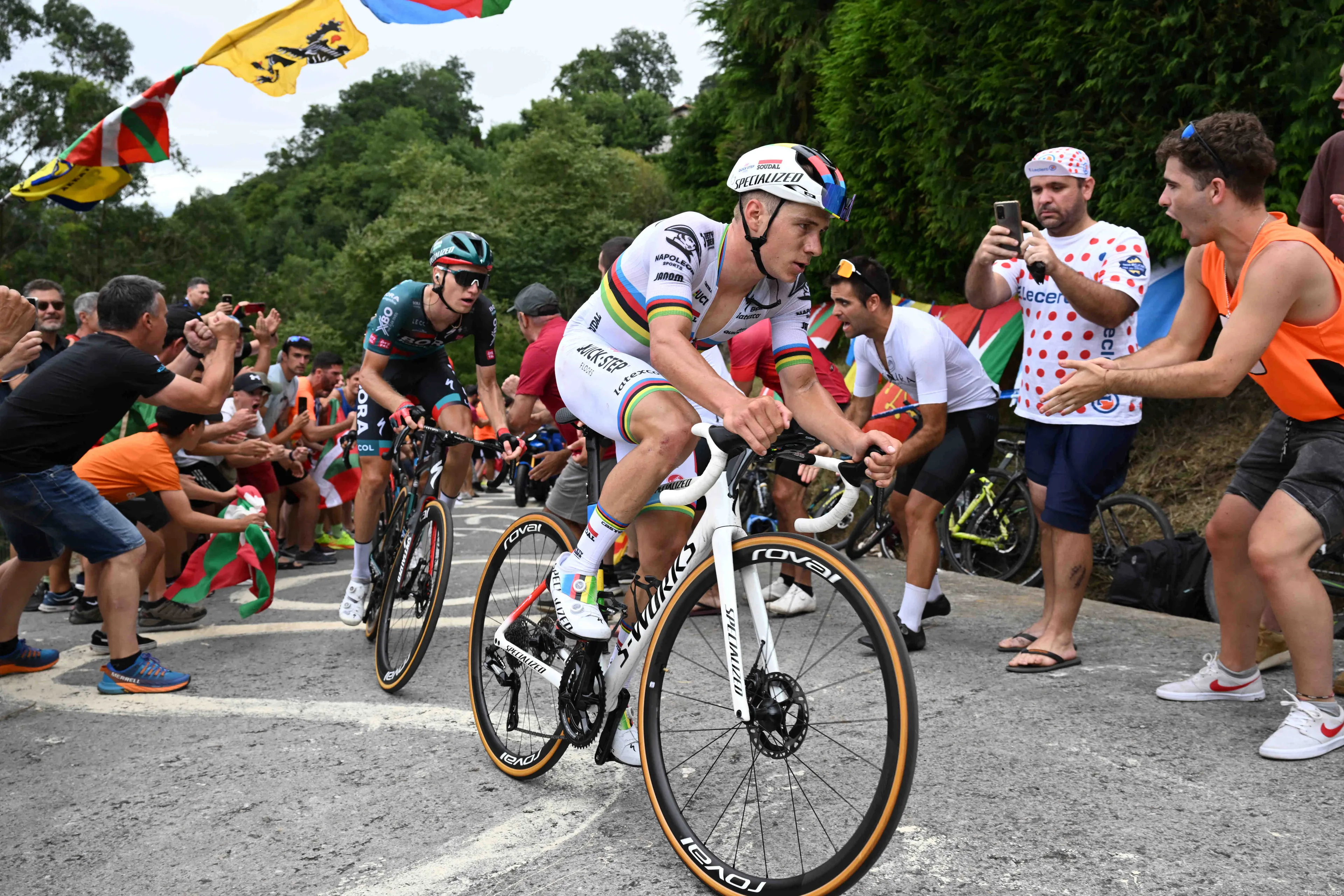
The Clásica de San Sebastián, or Donostia Klasikoa as it is
locally known, is a race that occupies a distinctive place on the professional
cycling calendar. Taking place annually in the picturesque Basque Country, this
one-day race is often overshadowed by the grand tours and the monuments. Yet,
it deserves recognition not only for its challenging course but also for its
cultural significance, and the role it plays in shaping the second half of the cycling
season.
In this piece, we will explore the history of Spain’s famous
summer classic.
A Race Defined by its Terrain
The Clásica de San Sebastián is notorious for its demanding
course. Unlike many other one-day races that favour sprinters or classics
specialists, the Clásica is a true test for the all-rounder. The race’s
defining features are its rolling terrain and steep, punchy climbs, which often
culminate in the decisive ascent of the Jaizkibel and Arkale.
Unlike the cobbled classics of Northern Europe or the
sun-drenched Italian races, the Clásica de San Sebastián is defined by its
variability. Riders can face anything from blistering heat to torrential rain,
with the unpredictable Basque weather adding another layer of complexity. This
unpredictability, coupled with the gruelling course, means that the race is
often won by a rider who can not only endure the physical challenge but also
adapt to the shifting conditions.
The Clásica may not have the prestige of a monument, but it
consistently delivers some of the most exciting racing of the season.
Read also
Famous Editions
For many riders, winning the Clásica de San Sebastián is a
career-defining achievement. It may not carry the same weight as a monument,
but it is a race that commands respect. Victories in San Sebastián have often
been a springboard to greater success, with riders using the momentum gained
here to perform well in the Vuelta a España or the World Championships.
The 1990 edition is particularly notable because it marked
the first major victory for Miguel Indurain, who would go on to win five
consecutive Tour de France titles. Indurain attacked on the final climb of the
Jaizkibel, establishing himself as a force to be reckoned with in the world of
cycling. His solo victory in San Sebastián was a sign of things to come and
remains one of the most iconic moments in the race's history.
The 2015 edition saw a dramatic and somewhat unexpected
victory by Adam Yates. In a race characterized by tactical battles and
aggressive riding, Yates attacked on the descent of the final climb and managed
to solo to the finish line. This win was particularly significant as it was
Yates’ first major victory, marking him as one of the rising stars in cycling.
The edition is also remembered for a crash involving Greg Van Avermaet, who was
leading the race before the accident.
The 2019 edition is particularly famous for the stunning
victory of Remco Evenepoel, who was just 19 years old at the time. Evenepoel
attacked solo with over 20 kilometres to go, a bold move that left his more
experienced competitors stunned, after he had been dropped in one of the previous climbs His solo victory in San Sebastián made him the
youngest rider ever to win the race and announced his arrival as one of the
most promising talents in cycling. This edition is now viewed as the beginning
of Evenepoel’s rise to stardom, whilst he has won the 2022 and 2023 editions as well.
Read also
Cultural and Historical Significance
The Clásica de San Sebastián is a cultural event deeply
rooted in the Basque identity. The Basque Country, with its distinct language,
traditions, and fierce regional pride, is one of the most passionate cycling
regions in the world. The race is a celebration of this identity, with thousands
of local fans lining the roads, cheering not just for the international stars
but especially for their local heroes.
Cycling in the Basque Country has a storied history, with
the region producing some of Spain’s greatest riders, including Miguel
Indurain, who hails from nearby Navarre. The Clásica de San Sebastián is a race
that both honours the past and looks to the future, providing a platform for
the next generation of Basque riders to showcase their talent on home soil.
This deep connection to the local culture is what sets the
Clásica apart from many other races. In a sport that is becoming increasingly
globalized, the Clásica San Sebastián remains firmly rooted in its local
context. It is a race that matters deeply to the people of the Basque Country,
and this passion is palpable in the atmosphere surrounding the event. Many will
remember Remco Evenepoel climbing through the midst of flares and roaring
crowds on his way to victory in 2022.
Read also
Timing and Its Unique Role in the Season
This timing of the race is significant, as it allows the
race to act as a bridge between the Tour and the upcoming late-season races.
For many riders, the Clásica represents a chance to either continue their Tour
form or redeem themselves after a disappointing performance in France.
However, the race’s timing can also be a double-edged sword.
The Clásica de San Sebastián often struggles to draw attention away from the
Tour de France, especially in years when the Tour produces a particularly
dramatic or controversial finish. The Clásica, despite its challenging course
and rich history, can sometimes be overlooked by fans and media alike, who are
still engrossed in Tour de France stories and narratives.
As fans, we should celebrate the Clásica de San Sebastián
for what it is: a race that embodies the spirit of cycling, with all its
beauty, difficulty, and unpredictability. Whether you are a fan of the sport’s
history, its tactical complexities, or simply love watching the world’s best
cyclists battle it out on a challenging course, the Clásica de San Sebastián
offers something for everyone. In a sport that is constantly evolving, the
Clásica remains a cherished tradition, and we are certain to see more drama
unfold in this year’s edition on Saturday.
Read also
claps 0visitors 0
Just in
Popular news
Latest comments
- That's a lotta cash. He better live up to potential.mobk09-01-2026
- they be stupid Ineosabstractengineer09-01-2026
- Wow, sad and unlucky indeed if he can’t even cycle recreationally as a result of this.mobk09-01-2026
- That's right, Giannetti said that Almeida and Ayuso asked to go to the 2024 TdF. They told them that Tadej was the only captain then if they went, they would be domestiques. Both accepted. Almeida kept his word, but Ayuso was a traitor. As soon as he realized he couldn't play his game , hiding at the back of the peloto, watching his classification, he got "COVID" (in summer, at 40 °C), leaving his team with a man less.
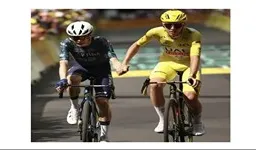 maria2024202409-01-2026
maria2024202409-01-2026 - if anyone can compete with Tadej and Mathieu that is.mij09-01-2026
- no one has an answer for those twomij09-01-2026
- sorry for him, must be toughmij09-01-2026
- just a boneheaded move to watch yates ride away in that initial 100m of his attack. it wasn’t that blistering. Del Toro and Carapaz just watched with no response.mij09-01-2026
- Health comes first on every occasion, for the sport this is disappointing I can't imagine how disappointing is for Eli. Wish him all the best.slappers6609-01-2026
- Starting all 3 vs finishing all 3, which makes what Sepp Kuss did in 2023 very impressive.
 Front24209-01-2026
Front24209-01-2026
Loading
Aurtengo kokapena 𝐊𝐮𝐫𝐬𝐚𝐚𝐥𝐞𝐚𝐧 izango da 🤩 Dejamos nuestro Boulevard este año para acercarnos a la playa de la 𝐙𝐮𝐫𝐫𝐢𝐨𝐥𝐚 🌞 💙 𝐾𝑙𝑎𝑠𝑖𝑘𝑜𝑎 gaur hasten da 💚 ℹ️ Talde aurkezpena / Presentación de equipos ⌚️ 1️⃣8️⃣:3️⃣0️⃣ #Klasikoa2024
Write a comment
